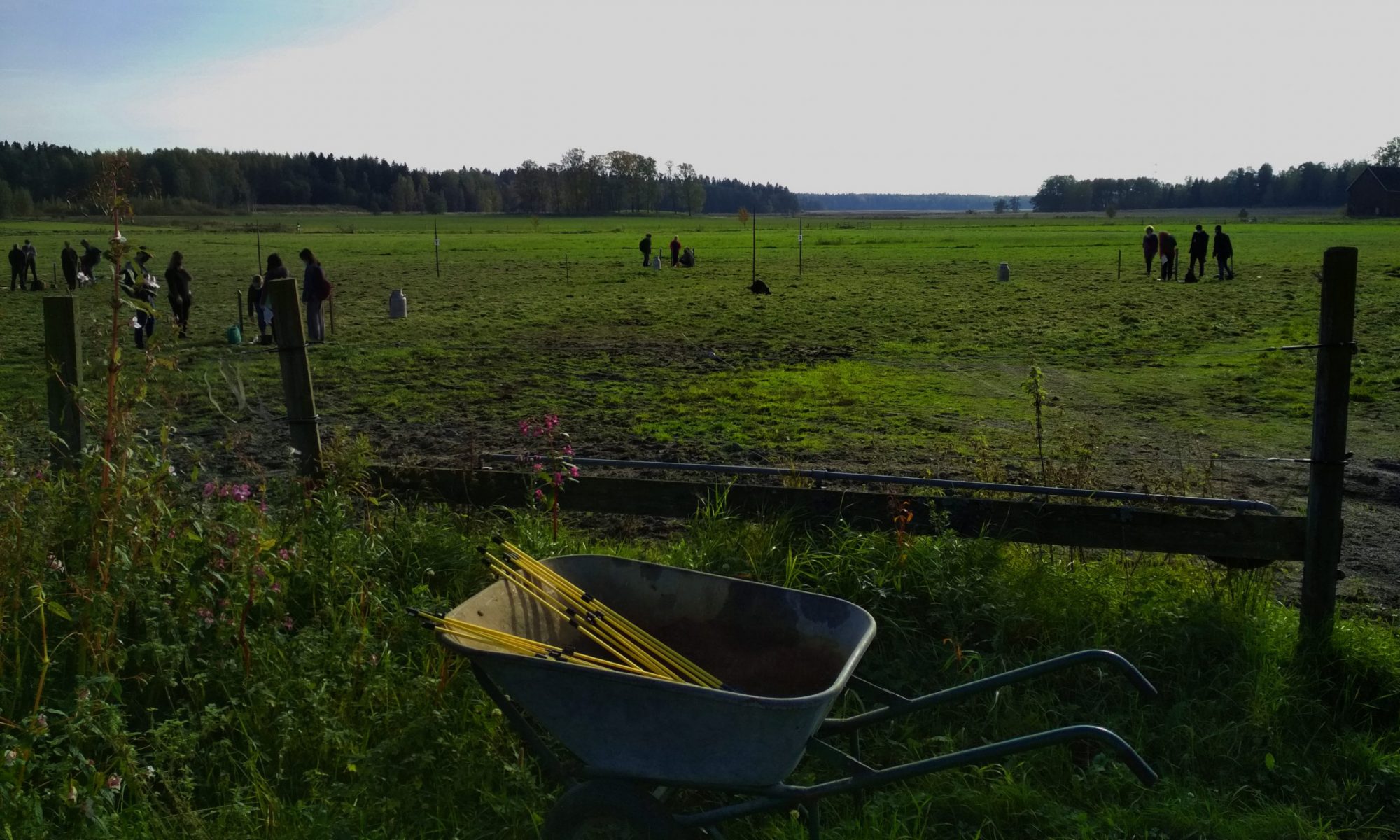(In English below) Viikin opetus- ja tutkimustilan pelloilla järjestettiin lokakuun alussa yhteiskehittämistyöpaja Tutkimuskysymysvaellus, jossa 19 Bio- ja ympäristötieteellisen ja Maatalous- metsätieteellisen tiedekunnan tutkijaa kokoontuivat yhteen keskustelemaan tutkimuksen ja opetuksen yhteydestä. Työpajan tulokset viitoittivat tutkimustamme kohti toimivaksi koettuja tutkimuksen ja opetuksen yhteyden käytänteitä.
Kaksituntisen työpajan alussa osallistujat sijoittivat itsensä pellolle heinäseipäin ja maitotonkin merkitylle nelikentälle, jossa tarkasteltiin näkemyksiä tutkija-opettaja -identiteetistä sekä arvioita tutkimuksen ja opetuksen yhteydestä omassa työssä. Huomattiin, että hajonta oli osallistujien kesken varsin suurta. Tämä osoittaa, että tutkijayhteisössä on monipuolisia ammatillisia positioita, jotka voivat kukin antaa oman ainutlaatuisen näkökulmansa tutkimuksen ja opetuksen yhteyden tarkasteluun.
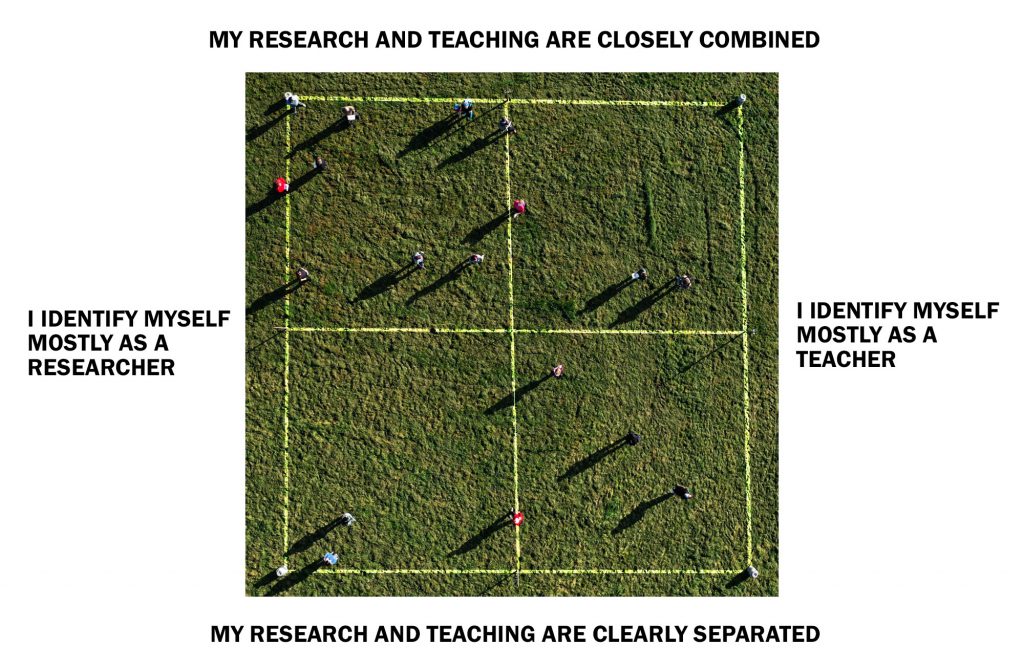
Työpajan seuraavassa vaiheessa osallistujat rakensivat maatilan työkaluista neljä installaatiota, joiden kautta nostettiin esille keskustelun aiheita tutkimuksen ja opetuksen yhteyttä edistävistä ja estävistä tekijöistä.

Yhteyttä edistävinä tekijöinä nostettiin esille mm. akateemisen yhteisön tukeen sekä tutkijan ja opiskelijan vuorovaikutukseen liittyviä aiheita. Yhteyttä estävistä tekijöistä nousi esille aiheita, jotka liittyivät mm. tutkimusta ja opetusta ohjaaviin ja yliopiston rakenteisiin liittyviin tekijöihin. Asenteisiin ja arvoihin, ajanhallintaan ja pedagogiseen osaamiseen liittyvistä tekijöistä keskusteltiin sekä tutkimuksen ja opetuksen yhteyttä vahvistavina että heikentävinä.
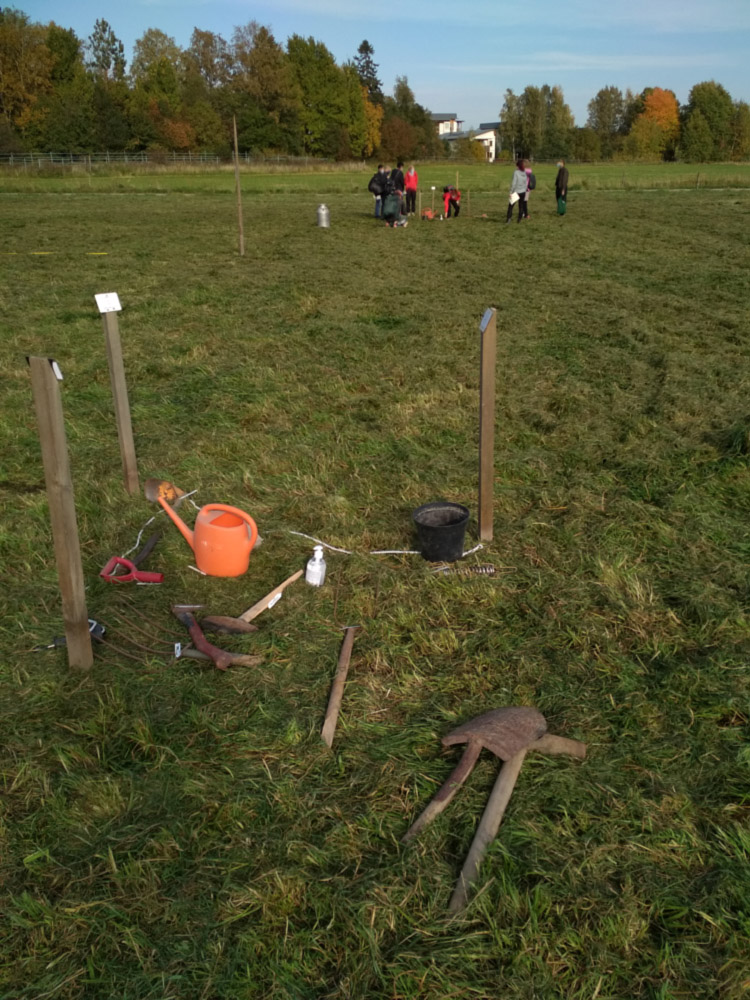
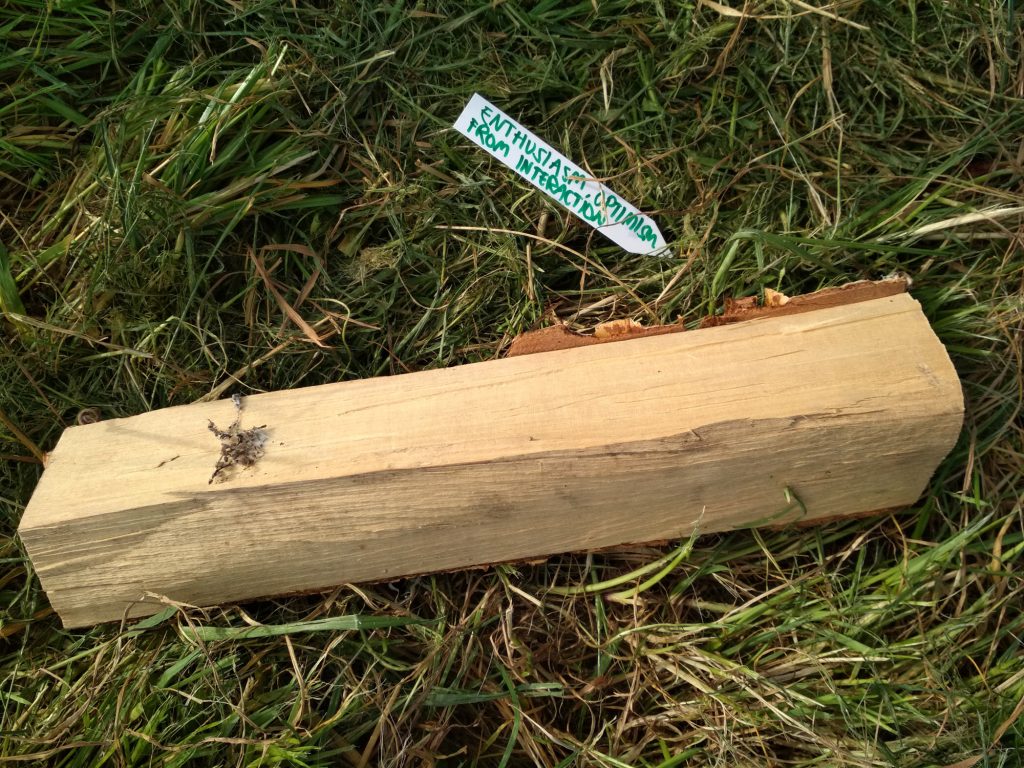
Työpajan viimeisessä vaiheessa pohdittiin minkälainen tutkimus voisi tukea opetuksen ja tutkimuksen yhteyttä ja etsittiin aiheita, joihin tutkimusta voisi keskittää ja suunnata. Ajatuksia ruokki meditatiivinen peltokävely, jossa kuljettiin jonossa erilaisia geometrisiä kuvioita.
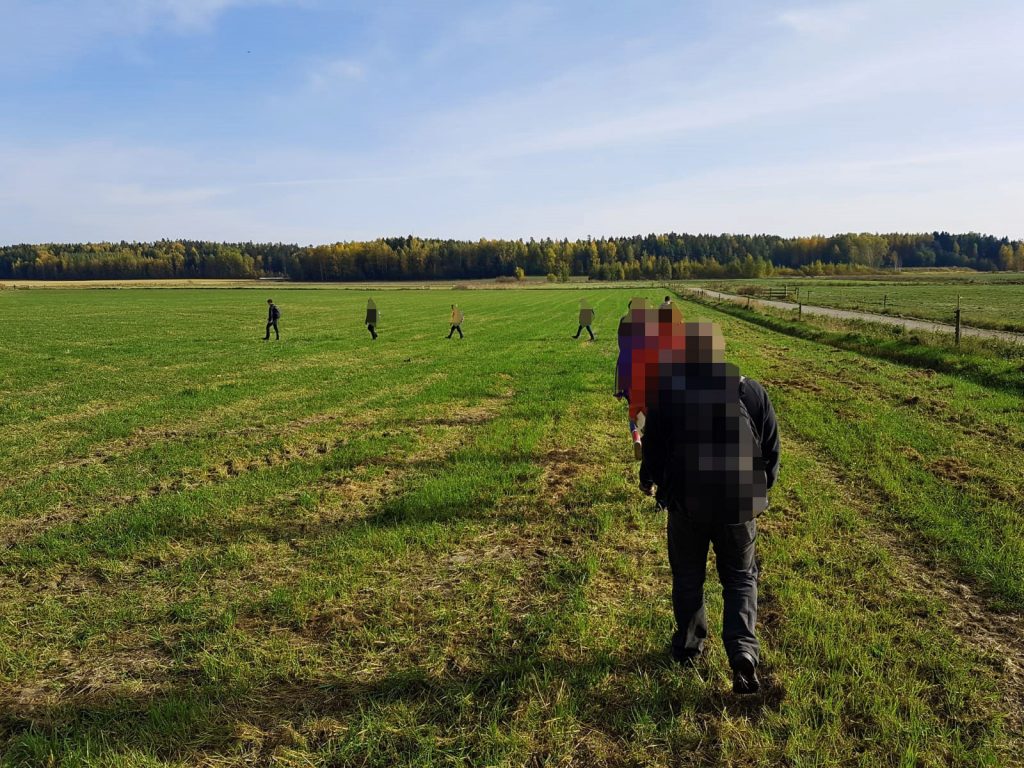
Osallistujien ylöskirjaamat ajatukset voidaan jakaa teemoihin, joissa käsitellään tutkimuksen ja opetuksen yhteys -käsitteen määrittelyä, tutkimuksen ja opetuksen vuorovaikutusta, käytänteitä, rakenteita, yhteistä kehitystyötä, opiskelijanäkökulmaa ja työhön liittyviä asenteita.
Työpajan tuloksien perusteella suuntaamme tutkimustamme kohti toimiviksi koettuja tutkimuksen ja opetuksen yhteyden käytänteitä. Tähän liittyen haastattelemme parhaillaan akateemikkoja maatalous- metsätieteellisestä ja bio- ja ympäristötieteellisestä tiedekunnasta. Haastatteluja tekee hankkeessa maisterintutkielmaa tekevä Lauri Kontula.
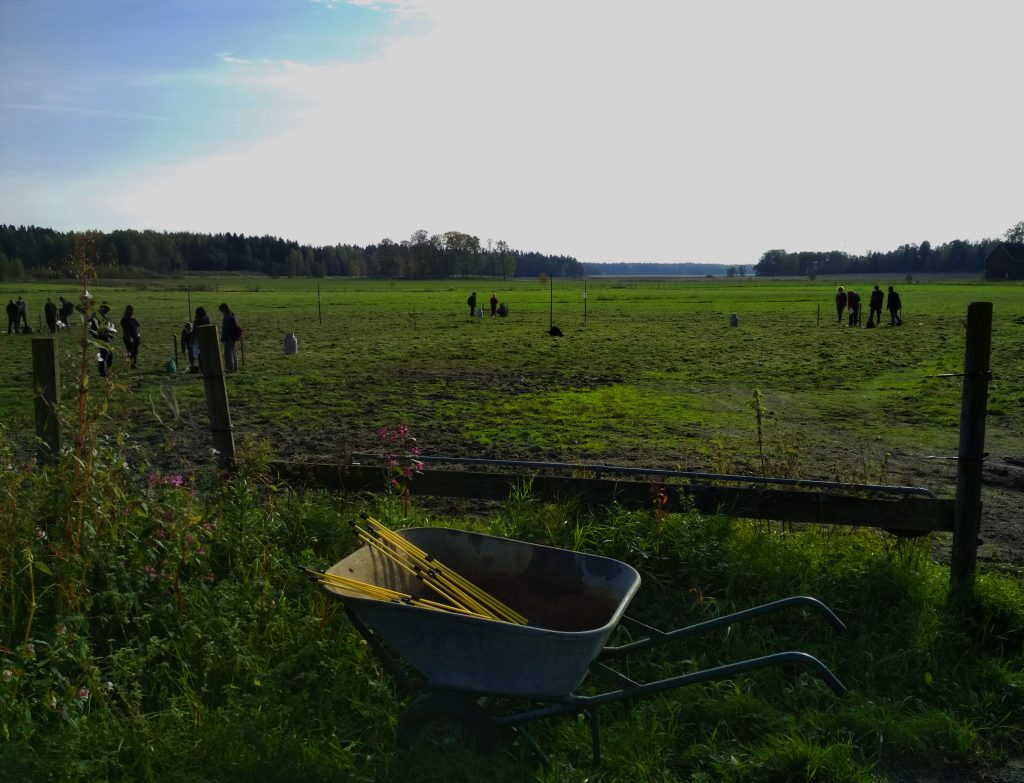
Tutkimusprojekti REBAT: Tutkimusperustainen opetus Viikin kampuksella kiittää työpajaan osallistuneita hedelmällisistä keskusteluista ja Viikin opetus- ja tutkimustilan väkeä komeista puitteista! <3
During the beautiful and sunny day of October 1st the 19 academics from the Faculties of Biological and Environmental Sciences and Agriculture and Forestry assembled on field of Viikki Research Farm. The idea was to examine the connection between research and teaching with the method of co-creation. The objective of the workshop was to participate the research community to the discussion which promotes the connection of research and teaching.
At the beginning of the two-hour workshop the participants placed themselves on the fourfold table marked to the field. The first axel of the fourfold table marked the professional identity between researcher and teacher and the second axel marked the closeness of research and teaching in work. It was noticed that the scattering was quite wide between the participants. This shows that in the research community there are versatile professional positions, which each can give their own unique perspective when we explore the research-teaching nexus.

At the following stage of the workshop, the participants built four installations using the agricultural tools found on the farm. The idea was to study the core forces that separate the research and teaching and the forces that combine these areas at our work.

With the help of these installations we shared our thoughts. Combining factors were for example the support of the academic community and the interaction between researchers and students. Separating factors were for example related to reward systems and other institutional practices. The factors which are related to the attitudes and values, time management and the pedagogic know-how were discussed both strengthening and weakening factors.


At the last stage of the workshop we asked our participants how we should focus our research on the research-teaching nexus. Here we used the method of meditative field walking to inspire the thinking.

The thoughts of the participants can be categorized into following themes: the focus on the definition of the research-teaching nexus, the interaction between research and teaching, functional practices, structures, cooperative development, student perspective, and attitudes related to the work.
On the basis of the results of the workshop our study is directed towards those practices that connect the research and teaching which are found fruitful. At the moment Lauri Kontula is interviewing academics as a part of his Master’s Thesis work.

Research project REBAT wants to thank all the participants of the workshop for their input, and the staff of the Viikki Research farm for the nutritious setting! <3
Drone pictures: Miikka Tuominen. Meditative walk picture: Henna Asikainen. Other: Lauri Kontula.
